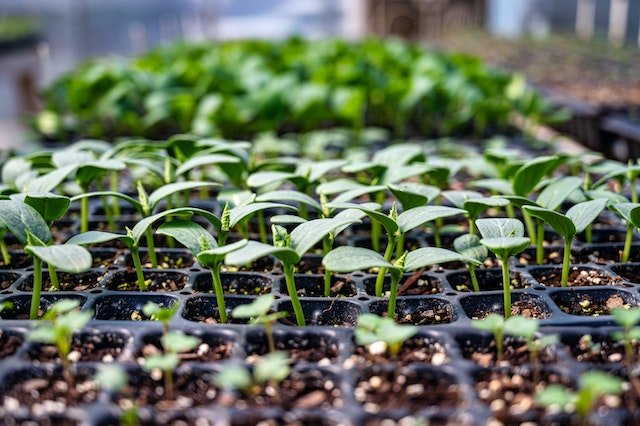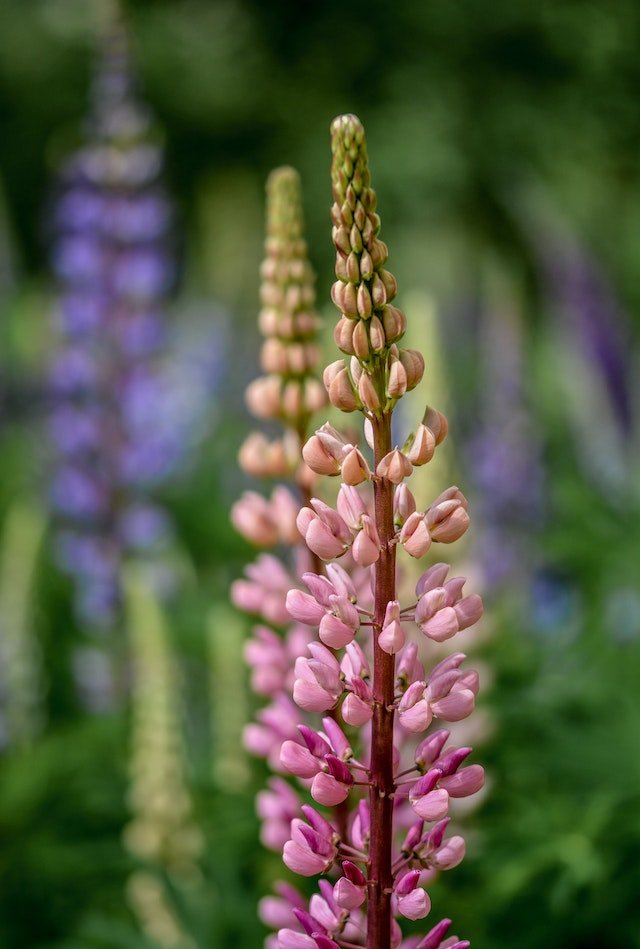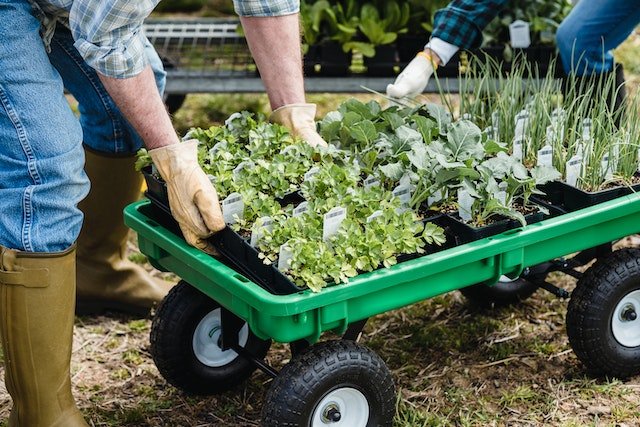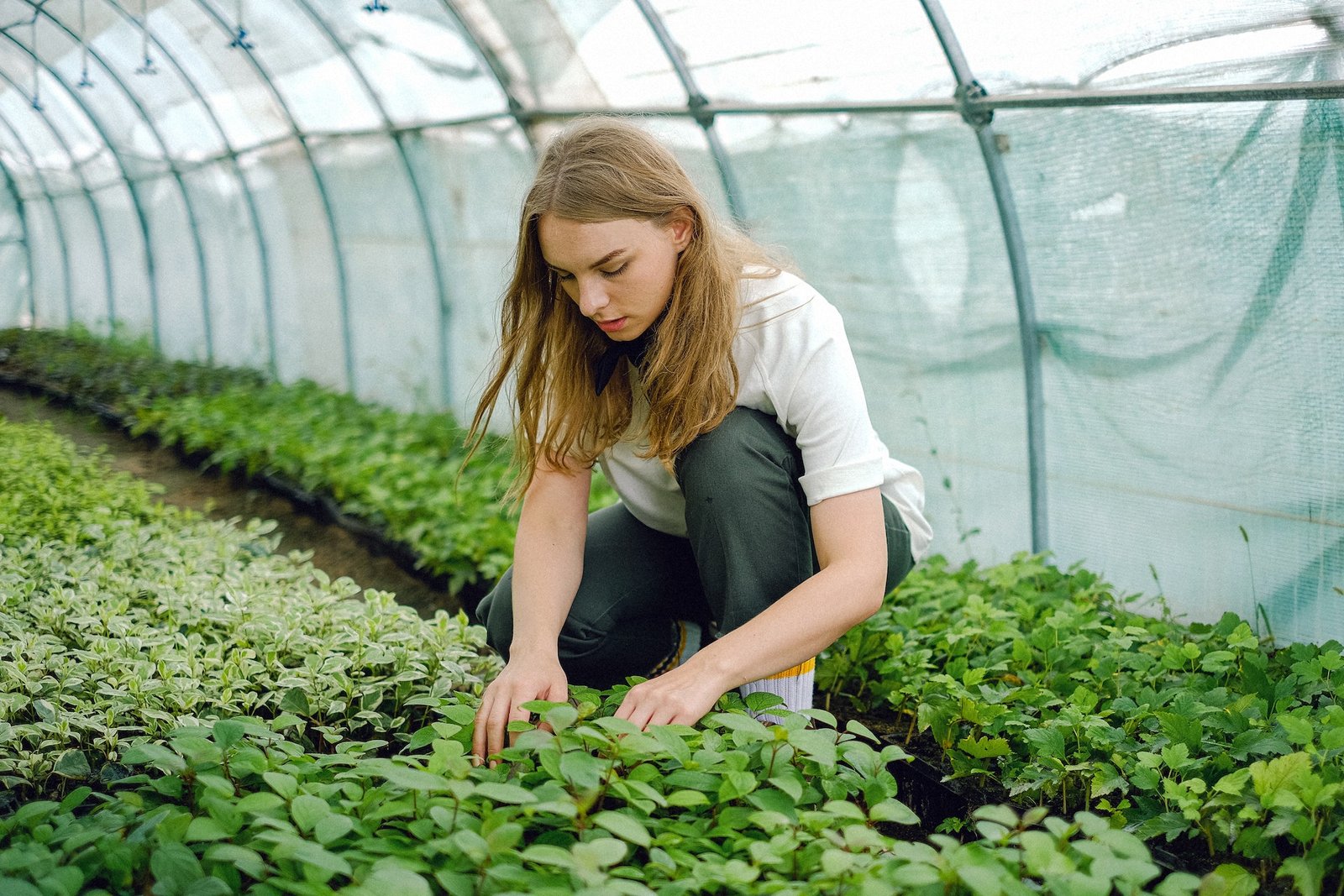Welcome to the Master Gardener Foundation of King County
The Master Gardener Foundation of King County (MGFKC) is a 501(c)(3) nonprofit organization that raises funds for the King County Master Gardener Program. MGFKC is a member of the Master Gardener Foundation of Washington State .The money raised supports a variety of educational programs for residents all over the county.
Please donate to the Foundation today to support our Master Gardener volunteers.
Spring Appeal: Become a Master Gardener Sponser
Learn more about becoming a 2024 Spring Appeal Sponsor of our Demonstration Gardens, Plant Clinics, Outreach, Education and Technology.
Our Sponsorship Goal
Our Spring Appeal Goal is to raise $10,000. Your generosity will help to fund many of the ways that the Master Gardener Program serves communities in King County.
Please consider helping us reach our goal by becoming a sponsor today. Thank You!
If you are curious about the Master Gardeners 2023 financial performance, please see the Annual Meeting highlights and materials:

What’s Happening Now?
- Tis the season for Plant Sales!
- Soos Creek Demonstration Garden Annual Spring Plant Sale – April 26-27, 10am to 4pm.
- Bellevue Demonstration Garden Annual Spring Plant Sale – May 11, 10am to 2pm
- Follow us on the Master Gardener Foundation of King County Facebook page. Or connect via Instagram @kcmastergardeners.
- King County Master Gardeners are in the news!
Foundation President, Joan Baldwin and Vice-President Joe Jennings were interviewed last month by Amanda Zhou at the Seattle times. The article Seattle area trends warmer in newest USDA plant hardieness map provides context for the recent changes in plant hardiness zones. - Do you have a plant problem? Just Ask a Master Gardener for help anytime.

2024 Educational Classes and Workshops
2024 Growing Groceries will be offering a Winter, Spring and Fall series each consisting of 4 classes. These classes are ideal for the beginner to intermediate gardener and are open to all. All classes are on Wednesdays from 7:00 PM to 8:30 PM online via Zoom. Featured speakers David Montgomery and Anne Biklé who will ‘tell the long and tangled story of humanity’s relationship with….the soil beneath our farms and gardens‘.
2024 BDG Workshops will offer 3 series from January through October. Workshops are held Saturdays from 9:30 AM to 10:30 AM. New BDGW speakers and topics will include: Richie Steffen, Executive Director of the Elisabeth Carey Miller Botanical Garden presenting ‘Ferns’, and Ross Bayton, Garden Director at Heronswood Garden presenting ‘Choosing Conifers for Color’.

Class & Event Schedules

Making a Difference
We serve our King County gardening community in 39 Plant Answer Clinics and 13 demonstration and outreach gardens, through online classes and workshops, reaching over 15,066 people at 595 clinic events in 2023. Our 512 Certified Master Gardeners spent over 20,693 hours in service.
We have demonstration gardens throughout King County. We help fund capital expenditures to improve the productivity of our demonstration and outreach gardens. Last year, we donated over 4,252 pounds of produce to local food banks in King County to help address food insecurity.
We have gardening events in our youth gardens at Magnuson Childrens Garden, Tribal Life Trail, Bellevue Demo Garden childrens garden, and Shorewood High School. This education serves to connect young people with the world around them and teach how plants grow and thrive.
We connect with home gardeners in urban, suburban, and rural areas. We offer free advice through our Plant Answer Clinics at farmers’ markets and stores and our online email clinic. In 2023, we responded to over 745 emails related to home gardening.
Your contributions help our program. Please support us.

Interested in becoming a Master Gardener?
If you love gardening and want to support environmental education opportunities in your neighborhood, consider becoming a WSU Extension Master Gardener volunteer in King County. Our Master Gardener volunteers empower and sustain diverse communities by sharing relevant, unbiased, research-based horticulture and environmental stewardship education. We become part of a special community, building lifelong friendships, and enjoying meaningful experiences while learning and teaching fellow gardeners.
